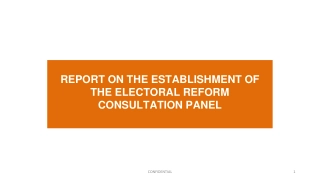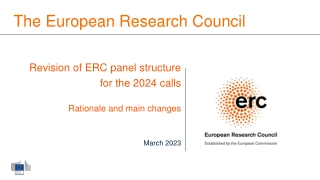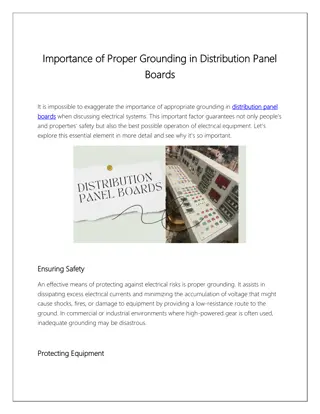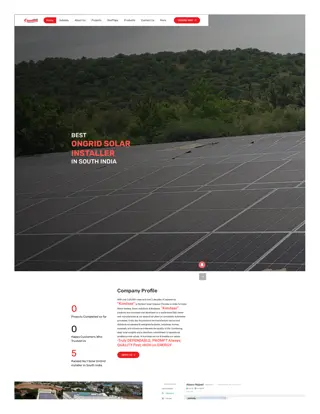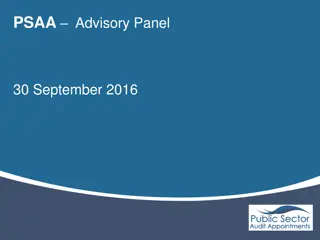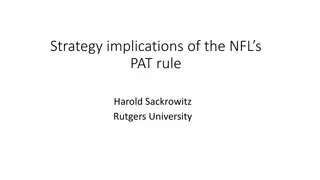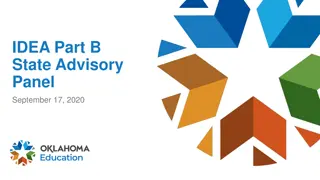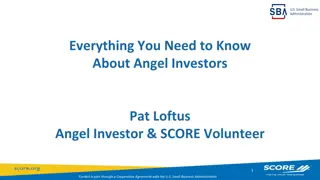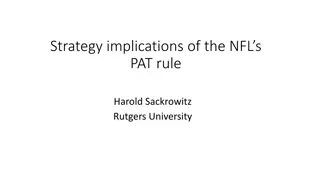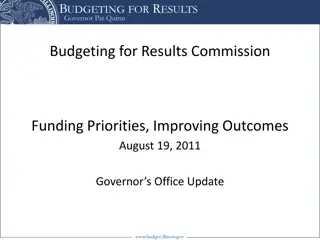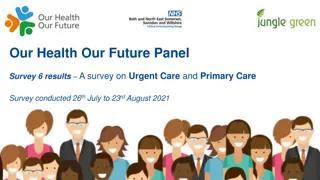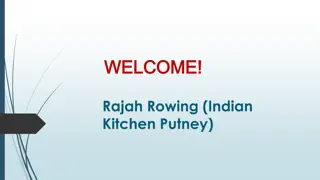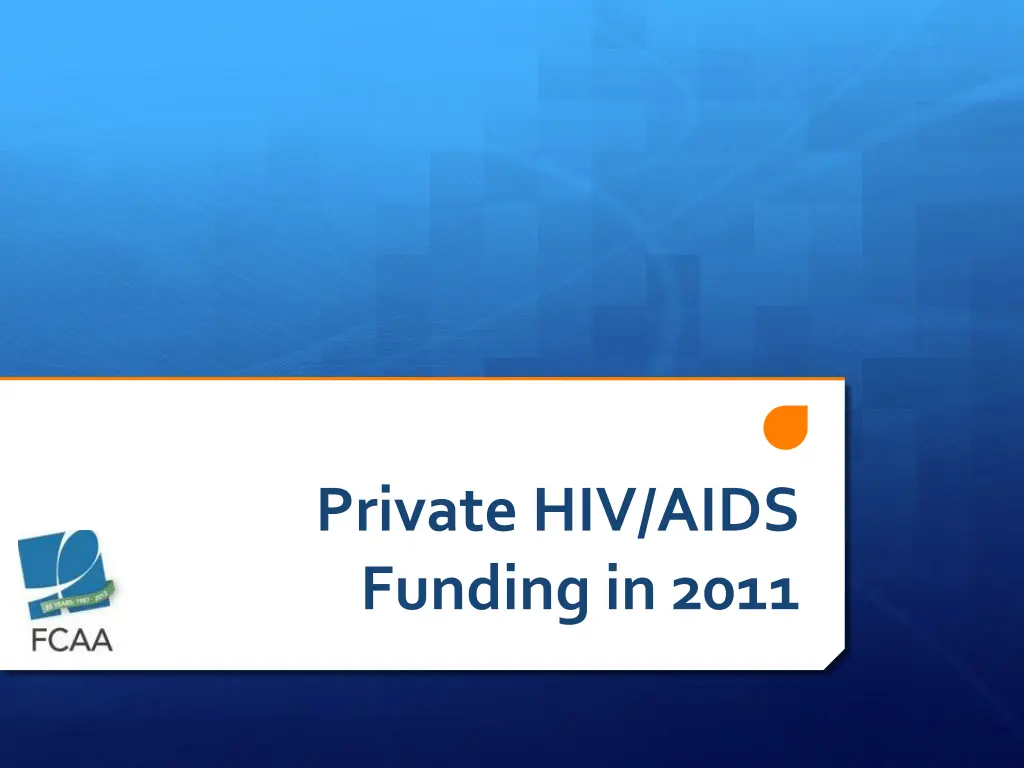
Private HIV/AIDS Funding Insights 2011
Discover key insights on private HIV/AIDS funding in 2011, including funding distribution, target populations, and intended use within the U.S. and globally. Explore trends, top funders, regional distribution, and more from the detailed data analysis.
Download Presentation

Please find below an Image/Link to download the presentation.
The content on the website is provided AS IS for your information and personal use only. It may not be sold, licensed, or shared on other websites without obtaining consent from the author. If you encounter any issues during the download, it is possible that the publisher has removed the file from their server.
You are allowed to download the files provided on this website for personal or commercial use, subject to the condition that they are used lawfully. All files are the property of their respective owners.
The content on the website is provided AS IS for your information and personal use only. It may not be sold, licensed, or shared on other websites without obtaining consent from the author.
E N D
Presentation Transcript
Private HIV/AIDS Funding in 2011
Private HIV/AIDS Funding in 2011 $491 million disbursed to HIV/AIDS By 274 U.S.-based funding organizations For 5,561 AIDS-related grants Concentrated at the top 3% increase from 2010-2011 largely driven by 3 top 10 funders: Gates, M.A.C AIDS Fund, and ViiV Healthcare The top 10 accounted for 80% of total disbursements (Gates alone = 49%) Global Dominance 80% of funding directed to epidemic outside of the U.S. 2012 forecasted to remain roughly the same According to 45% of top funders, including Gates and 4 other top 10 funders Source: FCAA. U.S. and European Philanthropic Support to Address HIV/AIDS in 2011. To be published Nov. 2012
Domestic Trends Largest number of funders, but lowest $$ While 72% of funders include a domestic focus, domestic disbursements represent only 20% of total giving (3% decrease from 2010) Top 10 U.S. Domestic funders represented 67% of domestic funding Prevention up Top intended use of domestic dollars went to (in rank order): Prevention (15% increase over 2010), Treatment, and Social Services The U.S. South Funding on the rise from $23 million in 2009 to $28 million in 2011. Top 5 target populations African Americans, MSM, Women, Homeless/Impoverished and PLWHA (general)
Regional Distribution of Domestic U.S. Philanthropic HIV/AIDS Funding in 2011 (by % of total domestic disbursements) ?
Target Populations of U.S. Philanthropic HIV/AIDS Funding for the Domestic U.S. Epidemic in 2011 (All Top Funders) (by percentage of 47 top domestic funders from which target populations data were obtained)
Intended Use of U.S. Philanthropic HIV/AIDS Funding for the Domestic U.S. in 2011 ?
The Other We use the other category to identify emerging trends In 2011 $11.5 mil supported such domestic efforts as: Stigma Management & leadership development Streamlining business functions Strengthening organizational capacity Technical assistance Hospice care
The FCAA Toolkit In 2011 FCAA developed an online toolkit in to guide funders to coordinate with the NHAS most effectively Developed through consultation and interviews with 25 leaders in the fields of AIDS philanthropy, AIDS policy, AIDS advocacy and services The toolkit includes 3 components: A 101 document offering a primer on the NHAS and related public sector strategies; Eight recommended actions for funders to help advance the goals of the NHAS; and, Correlating examples and best practices of current funder action The toolkit highlights videos, publications and other resources on the strategy Online at: www.fcaaids.org/NHAStoolkit
Recommended Funder Actions Link funding to NHAS Goals Fund advocacy Build leadership & capacity Fund research that helps the NHAS Help evaluate the impact of the NHAS Convene & engage other funders Help grantees navigate sea changes Join public-private partnerships
Examples: Link Funding In July 2012 Merck Company Foundation announced its new $3 mil HIV Care Collaborative to connect PLWHA to care, using innovative model programs in Atlanta, Houston and Philadelphia. In May 2012 Kaiser Permanente launched a new grant strategy and RFP focused on supporting nonprofit organizations to prevent new HIV infections, identify HIV+ patients sooner, and link and retain them in care. In 2011 Elton John AIDS Foundation began tracking their applicants relationship to the NHAS by asking if their programs aim to reach the same goals of the strategy (lower infection rates, increasing proportion of newly diagnosed to care, etc.).
Examples: Fund Advocacy/Research In 2011, AIDS United funded Strengthening Advocacy Capacity in the State of Alabama in order to build advocacy bench strength in an under-resourced area. In 2010 as part of its special initiative focused on young MSM of color, M.A.C AIDS Fund awarded a grant to Emory University to support an adaptation of a couples HIV counseling and testing (CVCT) for male couples, developed in response to the rising rates of HIV infection among MSM in the U.S.
NHAS-related trends We see funders: Implementing new guidelines to track or prioritize grantee relationships to the NHAS Prioritizing programs that focus on routine HIV testing and early treatment initiation Supporting health reform advocacy (nat l and state/regional levels) Looking for innovative access to care initiatives, particularly those that feature cross-issue/sector collaborations (broader health, housing, mental health, LGBTQ services, etc).

